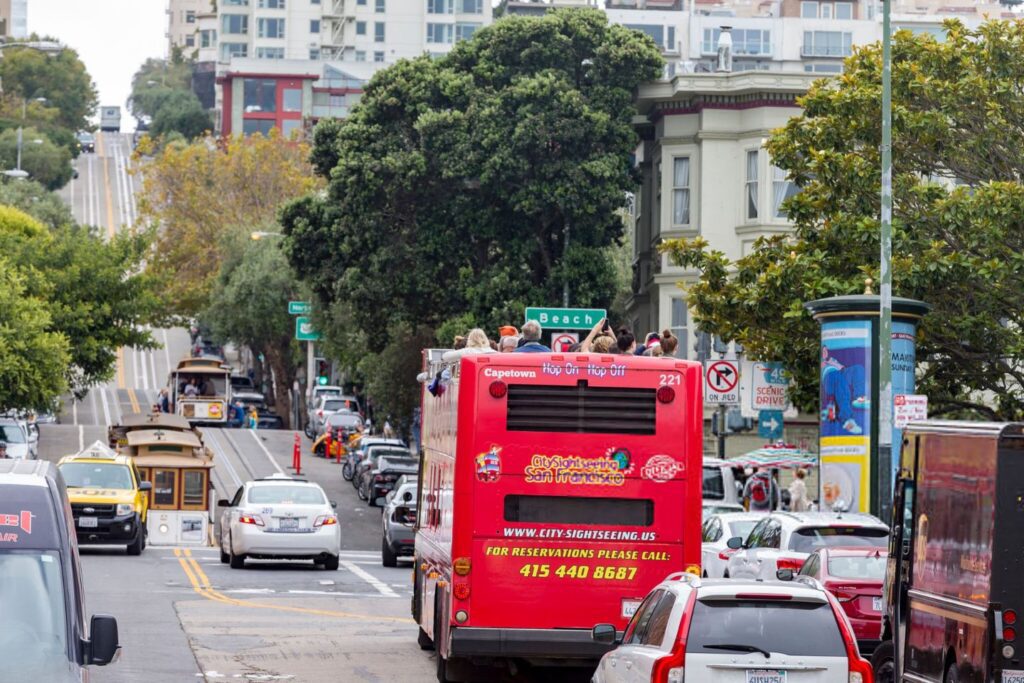In 2019, the United States witnessed 2,734 tragic accidents involving trucks and buses, with bustling cities like San Francisco experiencing these mishaps more frequently. The responsibility of ensuring passenger safety in such vehicles, including tour buses falls under strict state and federal laws. These regulations mandate the hiring of well-trained drivers, thorough vehicle maintenance, and adherence to service hour limits. Despite these precautions, tour bus accidents in San Francisco still occur.
This guide aims to shed light on the details of tour bus accidents in San Francisco, exploring the legal framework governing these incidents and offering advice on handling their consequences.


- Reasons for Tour Bus Accidents in San Francisco
- Who is Liable in a San Francisco Tour Bus Accident?
- What is the Worth of San Francisco Tour Bus Accidents
- Factors to Consider When Determining Liability
- Reasons To Seek Legal Help for a Tour Bus Accident in San Francisco
- Steps to Take After a Tour Bus Accident in San Francisco
- Special Safety Obligations of Common Carriers for Passengers
Reasons for Tour Bus Accidents in San Francisco
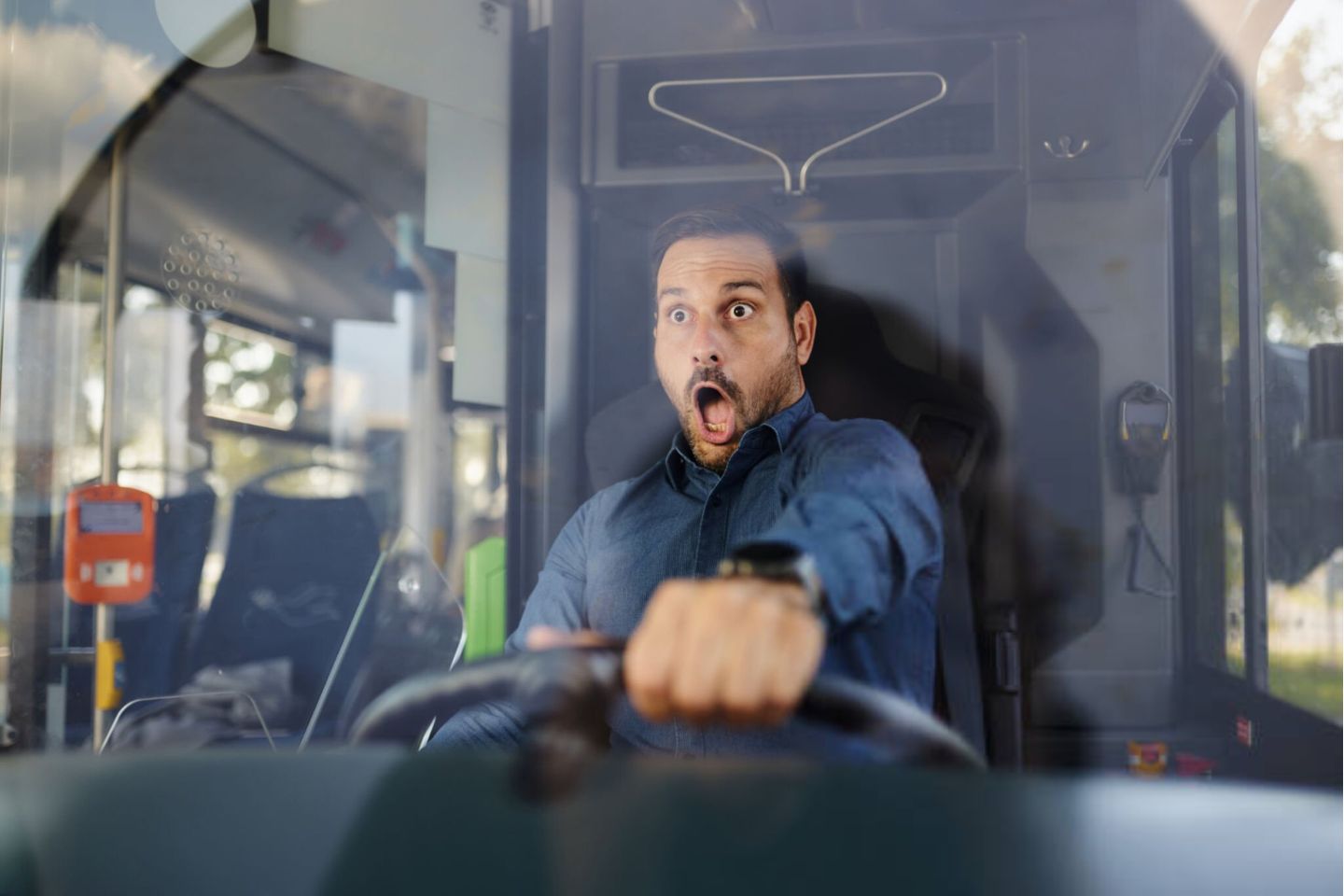

In San Francisco, bus accidents happen due to various factors, ranging from driver negligence to challenging environmental conditions. The primary contributors include:
- Speeding Buses: Often, drivers may resort to speeding, despite the risks. Such haste not only goes against safety norms but also endangers passengers, pedestrians, cyclists, and other road users.
- Crowded and Narrow Streets: San Francisco’s unique landscape, marked by hilly terrains and the iconic Cable Car system, together with the high volume of vehicles owned by nearly 500,000 residents, results in congested roads. This congestion, combined with the city’s distinctive topography, significantly increases the likelihood of tour bus accidents.
- Distracted Driving: With over 3,000 fatalities annually in the U.S. due to distracted driving, the momentary distraction of bus drivers, like glancing at a phone notification, poses a severe risk. Such distractions are unacceptable, especially when the safety of passengers is at stake.
- Driving Under the Influence (DUI): Incidents of DUI among bus drivers, despite the known impairment caused by alcohol or drugs, have led to accidents. These substances severely compromise a driver’s awareness and visual perception, increasing the chances of collisions.
A notable incident exemplifies these dangers when a tour bus headed to Graton Casino was involved in an accident due to the driver’s intoxication. The bus hit the right-side rail of the Golden Gate Bridge and continued at high speed until reaching the casino. Subsequent police intervention revealed the driver’s blood alcohol concentration was nearly four times the legal limit.
Who is Liable in a San Francisco Tour Bus Accident?
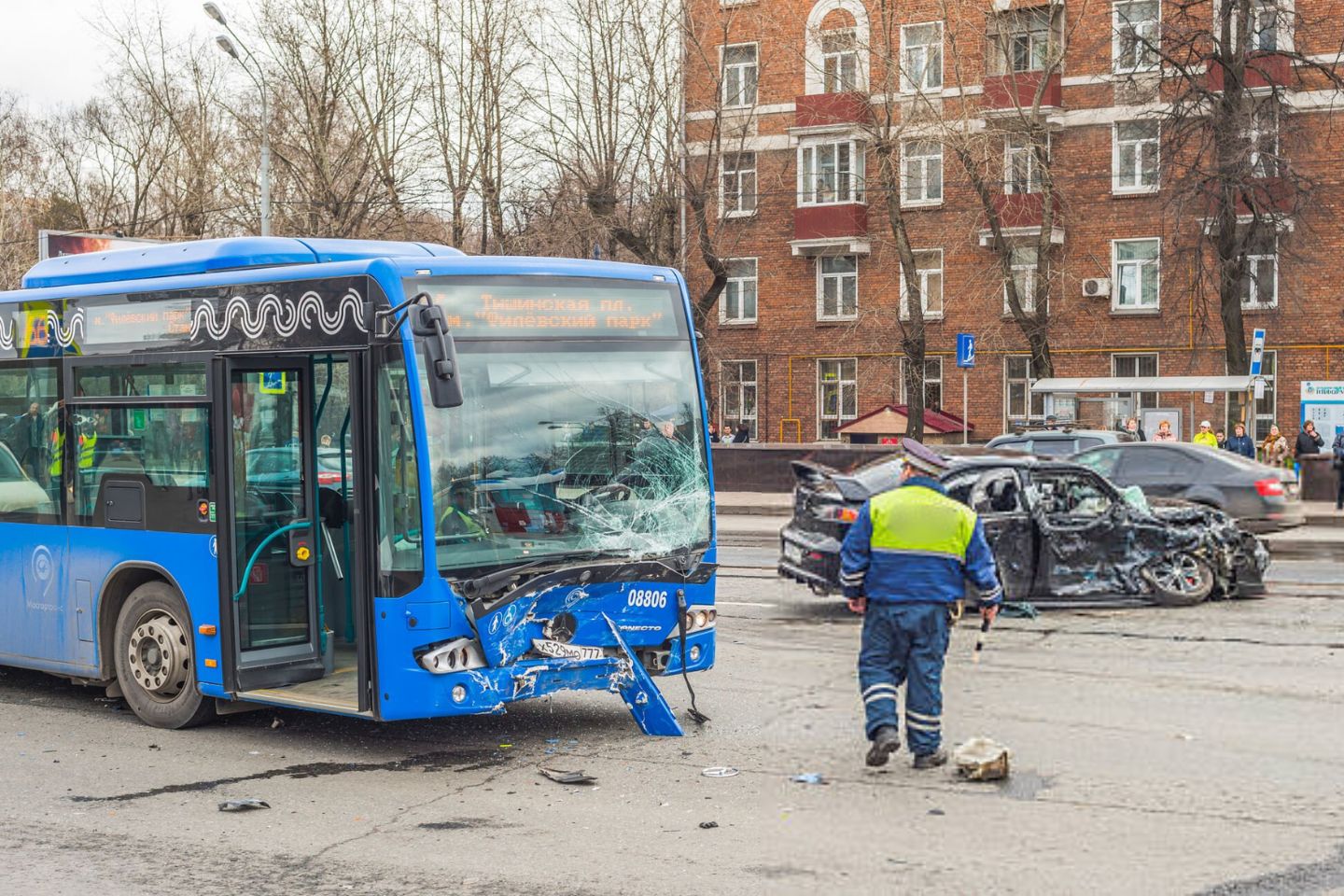

The specifics of your case will determine who can be held responsible for your injuries following a bus accident. Commonly liable parties include:
- A Private Company: Accidents involving private tour buses, party buses, charter buses, or similar entities could lead to these businesses being held accountable.
- The Local Government: City and municipal governments may bear responsibility for accidents involving buses that occur within San Francisco.
- Manufacturer Responsibility: In cases where a bus accident stems from a faulty or defective component, the company that produced the bus or its parts could be held accountable.
- A School: For accidents involving a public school bus, the government is typically liable. Conversely, private schools are responsible for incidents involving their privately operated buses.
What is the Worth of San Francisco Tour Bus Accidents
Navigating a bus accident lawsuit can seem complicated, especially when it comes to understanding potential costs and settlements. Here’s a breakdown to help you assess the value of your case:
Recognize the Uniqueness of Your Case
Every bus accident lawsuit is distinct, influenced by factors such as the severity of injuries, the at-fault party, and the accident’s location. The impact on your daily life is a significant determinant of your case’s worth.
Gauge the Intensiry of the Injury
The kind of injuries received play a crucial role. Cases involving severe injuries, like wrongful death or traumatic brain injuries (TBIs), are valued much higher, often exceeding six figures.
Understand Settlement Trends
While minor cases might settle for under $100,000, larger and more complex cases tend to reach six-figure sums. On average, settlements can range from $100,000 to $250,000, but this can vary widely based on the specifics of your case.
Given the unique nature of each case, consulting with a qualified lawyer is vital. At The Personal Injury Center, we can connect you with a lawyer who can provide a detailed assessment of your case to ensure you maximize your compensation.
Factors to Consider When Determining Liability
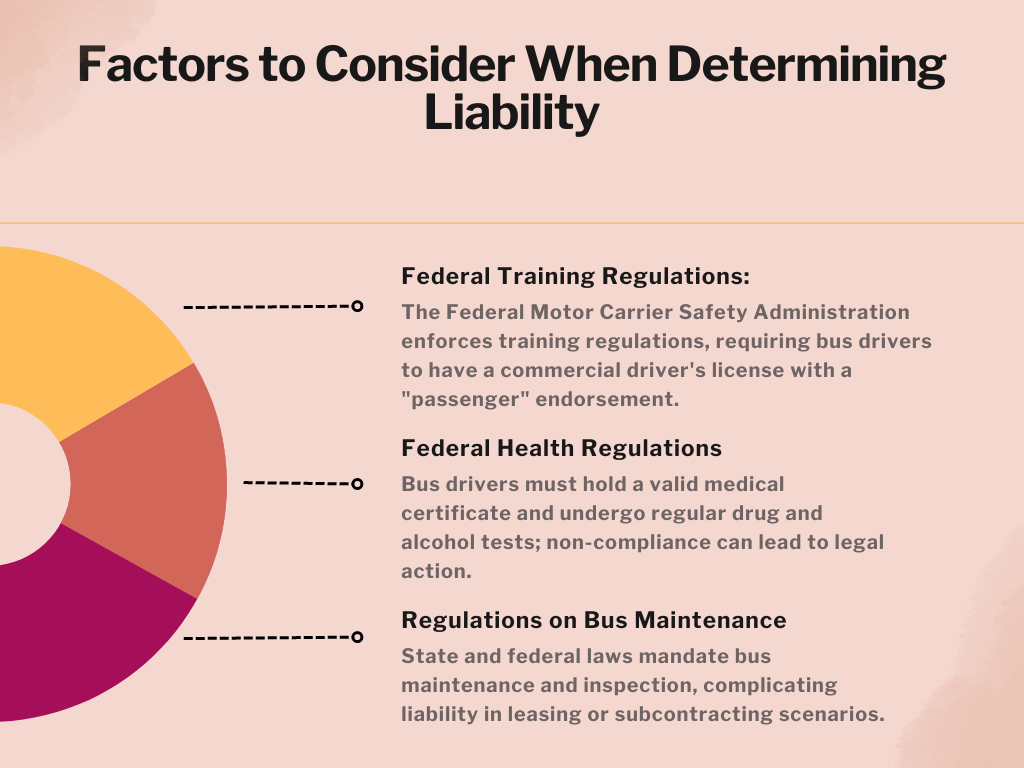

Identifying the responsible party and proving their negligence is crucial in any legal claim, but bus accidents are particularly complex due to several factors. Here’s what you should consider when determining liability:
- Federal Training Regulations: Buses fall under the jurisdiction of the Federal Motor Carrier Safety Administration, which aims to decrease accidents and fatalities. This includes enforcing regulations on the training of bus drivers, who must have a commercial driver’s license with a “passenger” endorsement to transport passengers.
- Federal Health Regulations: Bus drivers are required to have a valid medical certificate that confirms they are fit to drive a passenger vehicle. They must also undergo regular drug and alcohol testing. Failure of a bus company to comply with these regulations, leading to injuries, can result in legal action against the company.
- Regulations on Bus Maintenance: State and federal laws also dictate the maintenance and inspection of buses. The complexity increases if a bus company leases equipment from another entity or employs subcontractors for vehicle maintenance, as this can blur the lines of responsibility in the event of an accident.
Reasons To Seek Legal Help for a Tour Bus Accident in San Francisco
After a tour bus accident, taking the right steps can significantly impact your recovery and compensation. Here’s why you should seek legal help to get you through the process:
- Protection of Your Interest: Insurance companies and attorneys representing the bus company might try to pressure you into accepting a lowball offer. A qualified lawyer in San Francisco will protect your interests and fight for the compensation you deserve.
- Experienced Lawyers Understand The Process: Your lawyer is aware of the financial pressures you’re under as you recover. They’re also skilled in collecting evidence, interviewing witnesses, and investigating your accident to support a stronger compensation claim.
- Help in Getting Fair Compensation: While money can’t erase the accident, fair compensation aims to restore balance to your life. Your lawyer will work tirelessly to ensure you receive just compensation that reflects your needs and losses.
- Assistance in Tackling Different Types of Damages Available:
- Economic Damages: These are tangible losses such as past and future medical expenses, lost wages, future earnings, and property damage. Your lawyer will use concrete evidence like invoices and pay stubs to support your claim.
- Non-Economic Damages: These include non-material losses like pain and suffering, distress, anxiety, and instability in life. Despite being more challenging to quantify, these damages are crucial for compensating the lasting psychological effects of your injury.
The subjective nature of non-economic damages makes them difficult to prove. An experienced bus accident attorney in San Francisco is essential for ensuring you recover these damages, which can significantly exceed economic damages in some cases.
After experiencing a bus accident, figuring out what to do next can feel daunting. At The Personal Injury Center, we’re here to help you through this challenging time. Our goal is to connect you with experienced lawyers in your area, empowering you to pursue the compensation you rightfully deserve.
Steps to Take After a Tour Bus Accident in San Francisco
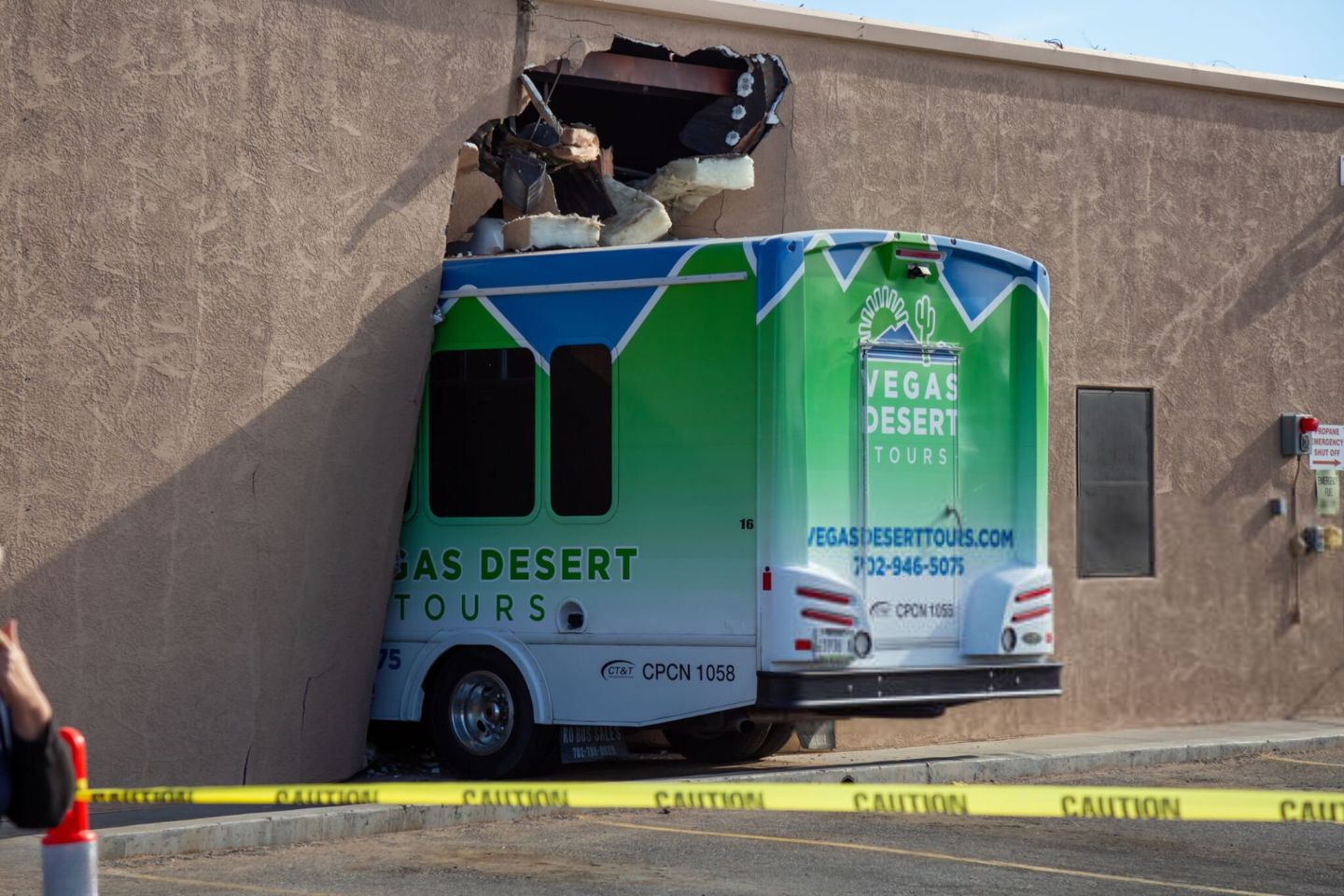

If you find yourself involved in a tour bus accident in San Francisco, whether as a passenger, driver, or pedestrian, taking the right steps can greatly affect your safety and any future claims you might make:
- Check for Injuries: Immediately after the accident, assess yourself and those around you for injuries. If there are serious injuries, prioritize getting medical attention by calling 911. Quick action can save lives and ensure prompt treatment for all involved.
- Document the Scene: Photograph the scene of the accident and any wounds or injuries you or others have sustained. Detailed photos can serve as vital evidence, demonstrating the accident’s impact and severity, which is crucial if legal action becomes necessary.
- Contact a Bus Accident Lawyer: Seeking advice from a personal injury lawyer who specializes in bus accidents is crucial. This will help you smoothly deal with the legal process and get the compensation you should receive for your injuries and losses. Choose a lawyer with a strong track record in bus accident cases for the best support.
- Maintain Medical Records and Expenses: Ensure that you have a complete record of all medical expenses and any costs related to the bus accident. This documentation is important for supporting your claim and ensuring you’re compensated for all related expenses.
Special Safety Obligations of Common Carriers for Passengers
If you’re a tour bus passenger and get injured in an accident, there are specific rules to be aware of. In California, a bus is considered a common carrier, which means it’s held to the highest standard of care for passenger safety. Essentially, while car drivers are required to exercise reasonable care, bus operators must provide the utmost level of care toward their passengers. Here are the key responsibilities common carriers owe to their passengers:
- Highest Level of Care: Common carriers are expected to ensure the safety of their passengers and property with the utmost care, resembling that of a very cautious person. Although they don’t guarantee absolute safety, they must employ reasonable skills to provide safe transportation.
- Vehicle and Equipment Maintenance: Common carriers are obligated to maintain, service, inspect, and construct their vehicles and equipment with the highest care. They are held responsible for any defects in their vehicles and equipment that could compromise safety.
- Care for Ill or Disabled Persons: Similar to minors, if a common carrier knowingly accepts ill or disabled passengers, it must take extra steps to ensure their safety. This enhanced level of care goes beyond what is required for non-disabled or healthy passengers, acknowledging the additional risks they may face.
- Special Considerations for Minor Children: If a bus accepts minor children as passengers, California law requires the carrier to employ additional care as reasonably necessary for the child’s safety. This means the bus company’s duty of care is even higher for children than for adults.
Navigating the aftermath of a bus accident can be overwhelming. That’s where The Personal Injury Center comes in. We aim to support you during this difficult period by connecting you with skilled local lawyers.
Key Takeaways
|



